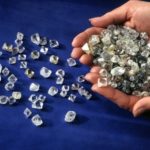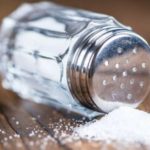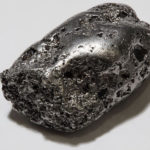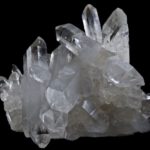25 interesting facts about glass
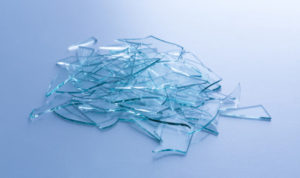 An unimaginably huge amount of glass is produced daily in the world. It is used in all areas of industry, and at one time the cost reduction of the process of its production powerfully advanced human civilization. Is it possible to imagine a modern world without glass? It is unlikely, and good, that we have learned to produce it in the quantities in which we need it.
An unimaginably huge amount of glass is produced daily in the world. It is used in all areas of industry, and at one time the cost reduction of the process of its production powerfully advanced human civilization. Is it possible to imagine a modern world without glass? It is unlikely, and good, that we have learned to produce it in the quantities in which we need it.
Not all glass resists the effects of acids and other chemicals equally well. In order to increase its resistance to such effects, lime impurities are added to it.
Judging by archaeological finds, people began to produce glass using artisanal methods as early as the 4th millennium BC, in the territory of modern Egypt.
On some planets, in particular, on the gas giants, it rains from glass filaments.
Thanks to the development of the glass industry in the 13th century, people first managed to create glasses for correcting vision.
One of the mental disorders is expressed in the fact that the patient considers himself glass, and therefore is afraid to break. Now it is extremely rare, but in the Middle Ages it was more common.
In one of the museums in Berlin, the oldest evidence of glass processing by humans is stored – a bead found in Greece, which is about 5.5 thousand years old.
Bulletproof glass was invented at the end of the first half of the XX century.
Safety glass was invented in 1903 by accident. The scientist dropped the flask, which, however, did not break. This interested him, and he studied the composition of glass, which was subsequently reproduced.
Glass does not just freeze quickly, but very quickly. Soda and lime, which are part of it, greatly accelerate this process.
In 2015, glass was created in Japan, which has transparency close to 100%, and at the same time is comparable in strength to high-quality steel.
If you stick transparent tape on the frosted glass, the glass will become visually practically transparent, since the adhesive tape will smooth out irregularities from which light is reflected.
The Sydney Aquarium uses the thickest glass in the world. Its thickness reaches 260 millimeters.
Bulletproof glass is made of ordinary glass, which is stacked in layers, between which a special film is placed. After that, the result is subjected to high temperature and at least high pressure.
For the coloring of glass using metal oxides.
Glass threads can be made flexible enough to be used in the manufacture of clothing.
Glass production costs about 40% more than remelting it from recycled materials.
When melting, glass does not lose quality.
If a very hot glass is cooled rapidly, it does not have time to harden, and remains malleable.
The glass decomposition period is about 1 million years, plus or minus. Therefore, it is worth considering once again how to throw a glass bottle out in nature.
The speed of crack propagation through the glass can reach 5 thousand kilometers per hour.
About 70% of the glass composition is quartz sand. The rest is soda and lime.
Depending on the composition, the melting temperature of the glass can be from 300 to 2500 degrees Celsius.
If lightning strikes sand, for example, on the beach, fulgurites and glass tubes form in this sand. The first glass products people received by finding fulgurites and processing them.
In the Middle Ages, glass was extremely expensive, and only very wealthy people could afford glazed windows.
About 800 thousand years ago, rain fell on the Earth from glass, covering an area of about 22.5 thousand square kilometers. The reason for it was a huge meteorite crashing into our planet.






